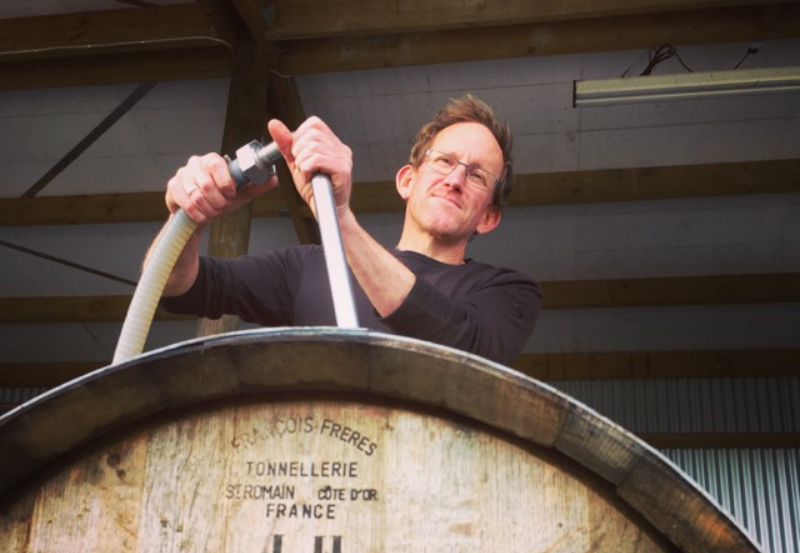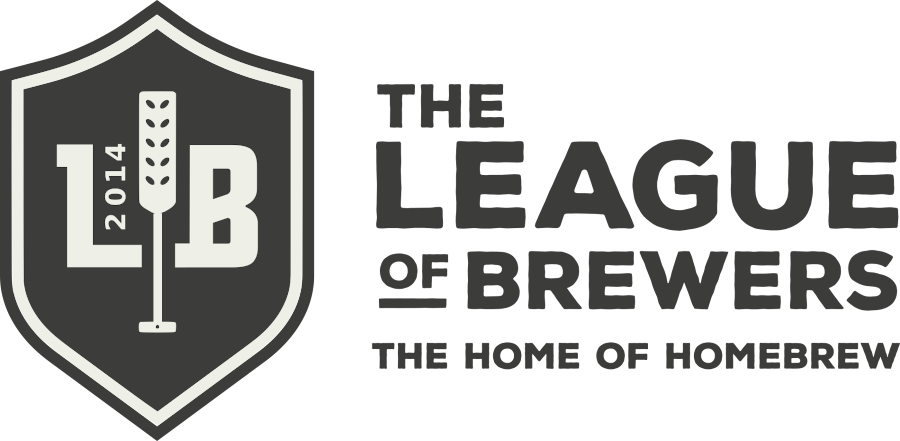Yeast - Liquid or Dried?
The question of which is superior, dried or liquid yeast, is often asked by home brewers. The short answer to this question is – well, it depends. There are pros and cons associated with either option. However, at the end of the day and regardless of whether you are a home brewer or a pro brewer, if you treat your yeast right then both approaches can produce excellent beer. Ultimately, the choice of dried or fresh liquid yeast should be based on what works best for you and your situation.
When I started home brewing the thought of using fresh and perishable liquid yeast seemed daunting. Liquid yeast was more expensive, needed to be shipped all the way across the world and would probably need a starter to kick some life back into it. But after taking the initial plunge, things changed very quickly for me and if I had to choose one format over another, it would be liquid yeast hands down. However, I do choose to use dried yeast for certain brews, in some situations for convenience and in others because I particularly like a strain that is not otherwise available in liquid form. To help you decide what will work best for you, let’s take a look at some of the pros and cons associated with both options.
Cost:
It is certainly true that one pack of dried yeast is cheaper than one vial or pack of liquid yeast. But often one pack of dried yeast will not be sufficient for a healthy pitch, meaning you end up buying two packs of dried yeast for around the same price as a super fresh pack of liquid yeast. If a starter is needed to propagate up the pitch from fresh yeast, then this is at a pretty minimal additional cost. Therefore, at the end of the day there is no clear winner here cost-wise, unless you use fresh yeast and re-pitch it from one batch to another. However, this approach is not generally recommended for dried yeast due to the lower purity levels typically associated with such a methodology.
Strain selection:
This is where liquid yeast wins without a doubt and it is one of the main reasons that fresh liquid yeast is my first preference. Experimenting with different yeasts is one of the most enjoyable aspects for me as a brewer and the sheer range of yeast strains, as well as lactic acid producing bacteria, brettanomyces and special blends available in liquid yeast format is fantastic. The only draw-back is that not all yeast strains are available to us all of the time - especially living down under and so far away from the major yeast labs. But the planning required is worth it. Luckily though, the range of dried yeasts available is always improving and they are often a great fall-back option for many of the more popular styles of beer. Excitingly though, we are now also seeing the appearance of familiar workhorses like WLP001 California Ale yeast, brettanomyces from Fermentis, as well as lactobacillus, wild yeast and kviek yeast strains (typically dried by farmhouse brewers), all in dried format. The dried yeast options have definitely come a long way, but not all yeast handles being dried, so the gap in strain availability will likely remain.
Convenience:
Dried yeast definitely wins when it comes to convenience. Having a much longer shelf life means that it is easier for both your supplier and you to keep good stocks of the strains available. For this reason, and at the time of writing, all of the recipes I design for The League of Brewers are built around the most appropriate yeast from the currently available dried yeast strains.
Using dried yeast also saves time, since instead of making a starter it is simpler to just buy an extra pack of yeast to target a respectable yeast pitch (please use a yeast pitch rate calculator for this). As I state in my recipes, although not essential, it is best for the yeast viability (health) to re-hydrate the yeast in warm sterile water (following the manufacturers guidelines).
Pitch rate accuracy:
Fresh liquid yeast has the upper hand here as the manufacturers target a specific cell count per pack. With dried yeast you get what you get and the number of yeast cells in one gram of yeast is not always consistent between both suppliers and yeast strains. You might need to adjust the number of packs next time or have an extra one on hand in case of a sluggish start to fermentation. The advantage that dried yeast does have, is that the viability does not drop as quickly as liquid yeast. With liquid yeast things get a little more complicated since the drop in viability observed over time varies between suppliers and the differing (and unknown) conditions the yeast is exposed to during transport. This is where things can get a bit tricky for the less experienced brewer. Don’t be put off though, and if at all in doubt, make a starter. There are many resources out there to help you with this, including online calculators that enable an estimate of yeast viability based on production date. With experience, you will soon be able to gauge how happy and healthy your favourite yeasts are prior to pitching and hence the volume of starter typically needed for a healthy pitch. On most occasions everything will be fine, and the yeast will be healthy and eager to ferment some wort.
So, there you have it. Liquid or dried, it’s all wonderful yeast that will make wonderful beer as long as you treat it with respect and give it everything it needs. A little oxygen to grow and get a good start, a healthy wort with sufficient nutrients and calcium, a suitably warm (or cool) home, and time to allow the yeast to do its job properly. Have fun, experiment, compare strains, compare dried vs liquid yeast with similar or different fermentation characteristics. The possibilities are endless. Cheers.
About the author

Jamie is an award winning home brewer and the owner/operator of his tiny, part-time Dunedin brewery, Cell Division. His day job sees him working as a molecular biologist and neuroscientist at the University of Otago.
You will find Jamie writing beer geek articles for us which will no doubt feature his love of farmhouse and sour beers as well as providing useful advice on things such as yeast, fruiting, and other brewing techniques. We also have him working tirelessly on new recipes, diving into styles not previously featured in our catalogue and we may even convince him to dust off one or two of his award winning recipes for us.






